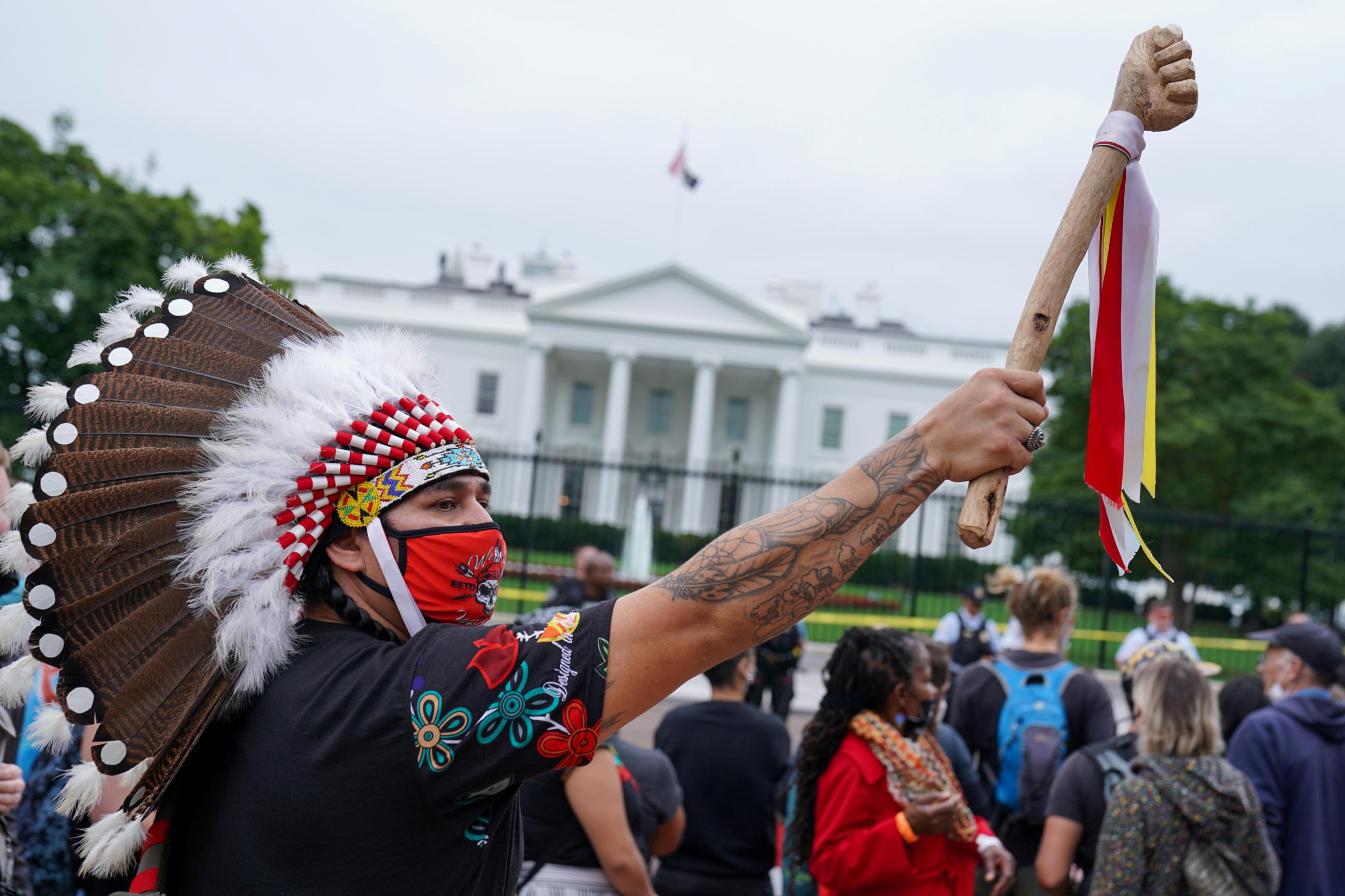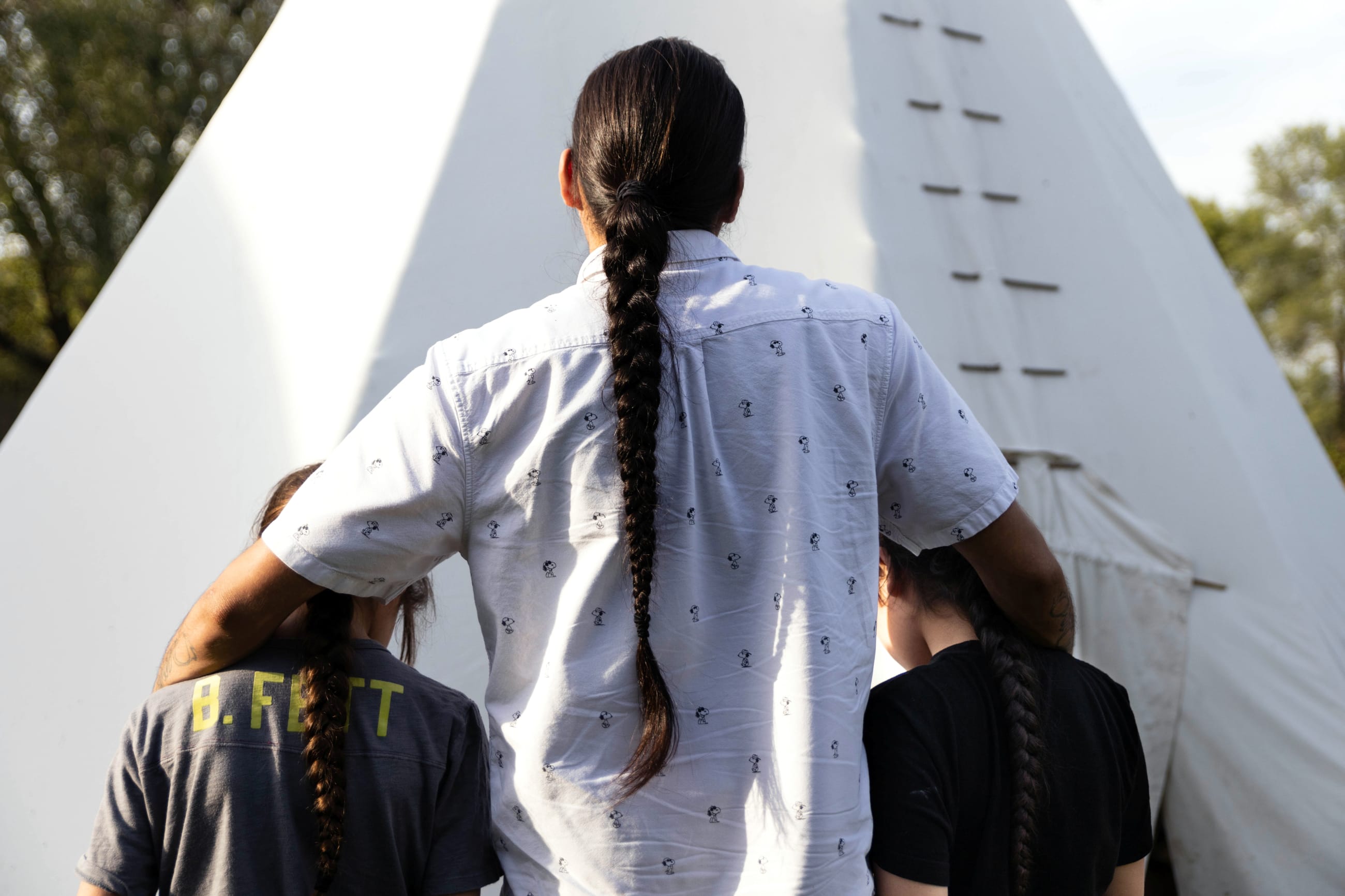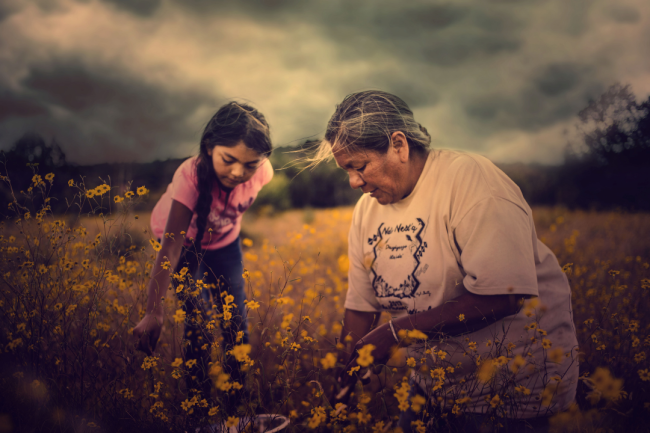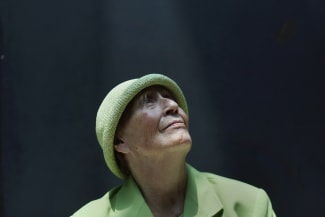"We're prone to diabetes, you know."
The words were barely audible over the music blasting from the karaoke machine in the living room. I was at a holiday party, really just a small gathering of Filipino families from my local community in western Michigan. I'd overheard a snippet of a conversation between two aunties in the kitchen as I scooped pancit onto a paper plate.
I'd heard those words—or something similar—many times before. My parents have recalled vague anecdotes about a classmate or relative back home in the Philippines developing type 2 diabetes. Longtime family friends have mentioned echoes of the same stories as well. It's usually said casually, as if we'd been discussing the release of a new television show. So-and-so was diagnosed with diabetes, haven't you heard?
The word diabetes has been constant in my life, but I had never questioned its presence until recently. When Martin Scorsese's Killers of the Flower Moon was released in theaters last October (2023), the disease's central role in the story caught me by surprise. Set in Oklahoma during the early twentieth century, the film recounts the murders of Osage people and how they were orchestrated. At the film's core is Mollie Burkhart, Ernest Burkhart, and Ernest's uncle William Hale, played by Lily Gladstone, Leonardo DiCaprio, and Robert De Niro respectively.
The word diabetes has been constant in my life, but I had never questioned its presence until recently
As Ernest and William arrange these murders in secret, Mollie, a member of the Osage community and Ernest's wife, mourns the deaths of her friends and family while struggling with diabetes herself. At first, the disease is mentioned only in passing, such as when Mollie turns down Ernest's requests to eat certain dishes, saying that they make her sick.
As the movie progresses, though, Mollie's diabetes grows worse. In a scene set at the doctor's office, a white physician warns her that if she continues "[eating] like a white," she will lose her feet—a clear reference to diabetes complications such as peripheral artery disease (PAD) and diabetic neuropathy, which can narrow arteries and cause nerve damage. Eventually, her diabetes treatment is weaponized when William and the town physicians instruct Ernest to poison Mollie's insulin injections, their goal being to inherit her headrights on her death.
The audience watches on as Mollie clings to life, her suffering worsened by the manipulation and selfishness of those around her.
Others in Mollie Burkhart's community allude to diabetes being widespread. In one scene, an Osage man references the high rates of sickness in his community, blaming it on "the white man's food." Killers of the Flower Moon implies that others suffer in silence with the disease—a trend that still rings true among Native Americans.

Diabetes and Colonialism
Rates of diabetes remain high in Native American populations in the present day, beyond the screen. Approximately 8.9% of the U.S. population—29.7 million people—had diagnosed diabetes in 2021. The disease is most prevalent in Native American and Alaska Native populations. According to the U.S. Department of Health and Human Services Office of Minority Health, Native American adults are nearly 3 times more likely to be diagnosed with diabetes than non-Hispanic white adults, and 2.3 times more likely than non-Hispanic white adults to die from the disease.
Native American adults are 2.3 times more likely than non-Hispanic white adults to die from diabetes
These higher rates of diabetes cannot definitively be linked to a single cause. However, disparities in American health care could factor into diabetes statistics. More specifically, many believe that colonization could be a factor behind current diabetes trends in Native American populations.
Prior to the arrival of colonial settlers in the Americas, Native Americans historically maintained healthy food systems and farming practices. But settler colonialism and federal policies like the Indian Removal Act of 1830 and the Dawes Act of 1887 disrupted Native ways of life, uprooting populations and forcing them into unfamiliar—and often agriculturally unsuitable—land.
Even though some treaties between the United States and Native tribes included stipulations that ensured food access, many of the rations the federal government provided lacked nutritional value and were culturally unfamiliar and sometimes even arrived spoiled.
Decades later, after the United States terminated government support for most Native American programs and policies in the 1950s, malnutrition became a serious issue. In response, the federal government has distributed commodities to eligible low-income Native American families, but those foods aren't that nutritious, either—many commodity packages consist of canned or packaged foods. Additionally, options in Native American reservations are limited. "There're less options in terms of. . . the basics," says Natasha, a participant in a study on Native food pathways from a southeastern Native community. "In terms of like, access, especially in that [rural] area. . . there's not a whole lot. . . . You're just limited by what they carry."

Diabetes patterns in Filipino communities echo those found among Native Americans. Within the overall U.S. male population, 6.1% have type 2 diabetes, which is low relative to the 15.8% of Filipino men in the country with the disease. Filipino women, on the other hand, are six times more likely than their white counterparts to have it.
The colonial relationship between the United States and the Philippines, like the relationship between the U.S. government and Native American tribes, is also a potential factor for these statistics. After Spain ceded the Philippines to the United States in the Treaty of Paris in 1898, many Filipinos immigrated to the United States. At the beginning of the twentieth century, Filipinos filled demands for cheap plantation labor in Hawaii and California as U.S. nationals, following federal agreements. However, despite their status as American nationals, they were not given full legal rights as U.S. citizens and often experienced other acts of racial discrimination. Many of these immigrant families subsequently lived in poverty.
At the same time, the U.S. government established training hospital systems in the Philippines meant to prepare Filipinos to work as nurses in American hospitals. Many Filipino nurses in the 1950s and 1960s were subsequently sponsored to work cheaply in U.S. hospitals through a labor brokerage program. Similar to their plantation worker predecessors, these Filipino nurses also experienced exploitation, housing insecurity, and racial discrimination.
More recently, Filipino domestic care workers have also experienced exploitation to meet U.S. demands for elder and family care. The exclusion of domestic workers from national labor standards across the United States allows employers to avoid providing livable wages and benefits. During the height of the COVID-19 pandemic, for example, care workers reported a significant lack of health and safety protections by their employers. By comparing situations of historic oppression between Native American and Filipino communities, some similarities become clear. Both groups, lacking full rights as American citizens, have experienced systemic discrimination through government policies.
Both groups, lacking full rights as American citizens, have experienced systemic discrimination through government policies
This discrimination has made members of these groups more susceptible to poverty—and diabetes prevalence increases at lower levels of income. Poverty might also lead to reliance on cheaper foods such as fast food and other packaged, processed foods high in sodium. Additionally, these instances of discrimination, oppression, and insecurity also increase the likelihood of stress in Native Americans and Filipinos, which could result in metabolic dysfunction leading to type 2 diabetes.
U.S. public health efforts should remain dedicated to identifying and resolving disparities in American health care, especially in cases of historical government oppression. Thanks to recent media such as Killers of the Flower Moon, more of the public have been given the opportunity to think critically about the federal government's role in creating, furthering, and ignoring inequality in marginalized communities. The critical acclaim and Lily Gladstone's recent success at the 2024 Golden Globes certainly support this idea of improved recognition for Native Americans.
But lawmakers have yet to show the same level of understanding and commitment. In November 2023, Principal Chief Chuck Hoskin Jr. of the Cherokee Nation called on Congress to make the Special Diabetes Program for Indians (SDPI) permanent—it currently is a grant program. Filipinos have expressed comparable frustrations with the U.S. health-care system. In a study about the management of type 2 diabetes in Filipino communities, some participants described feeling invisible or underrepresented in diabetes support and education programs.
Even beyond the specifics of diabetes-related programming, structural areas could still be improved. Native American reservations were considered to be food deserts in 2022, and the quality of produce made available varies. Filipino domestic workers in the United States and across the globe still face restrictions that leave them wide open to abuse and exploitation.
To achieve a more equitable world, government officials should carefully consider the nuances of historical context when approaching public health issues. Education systems should provide accurate and comprehensive accounts of marginalized histories. Public health policies, ultimately, should be fully representative of the lived experiences of the people they affect.













